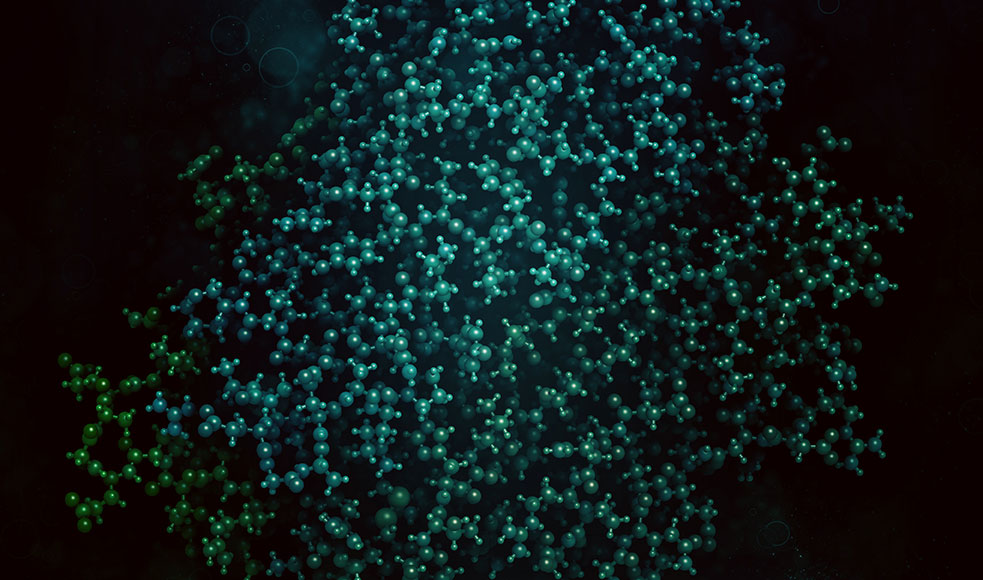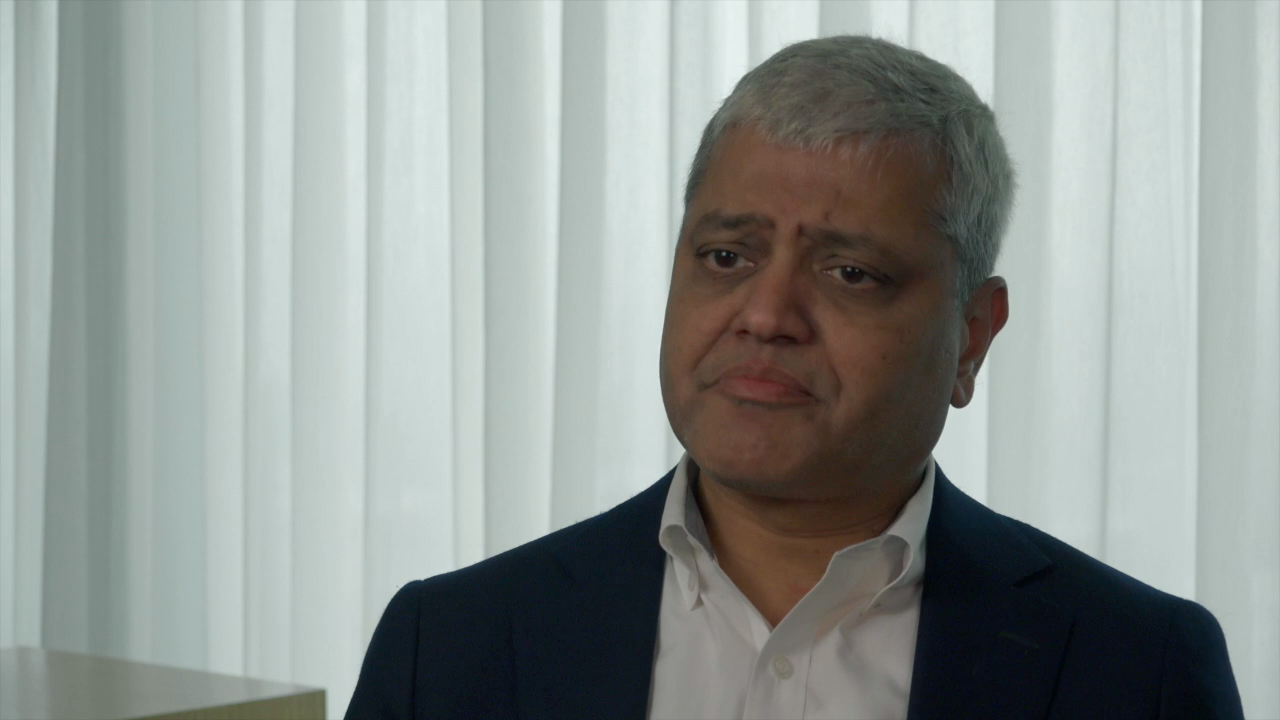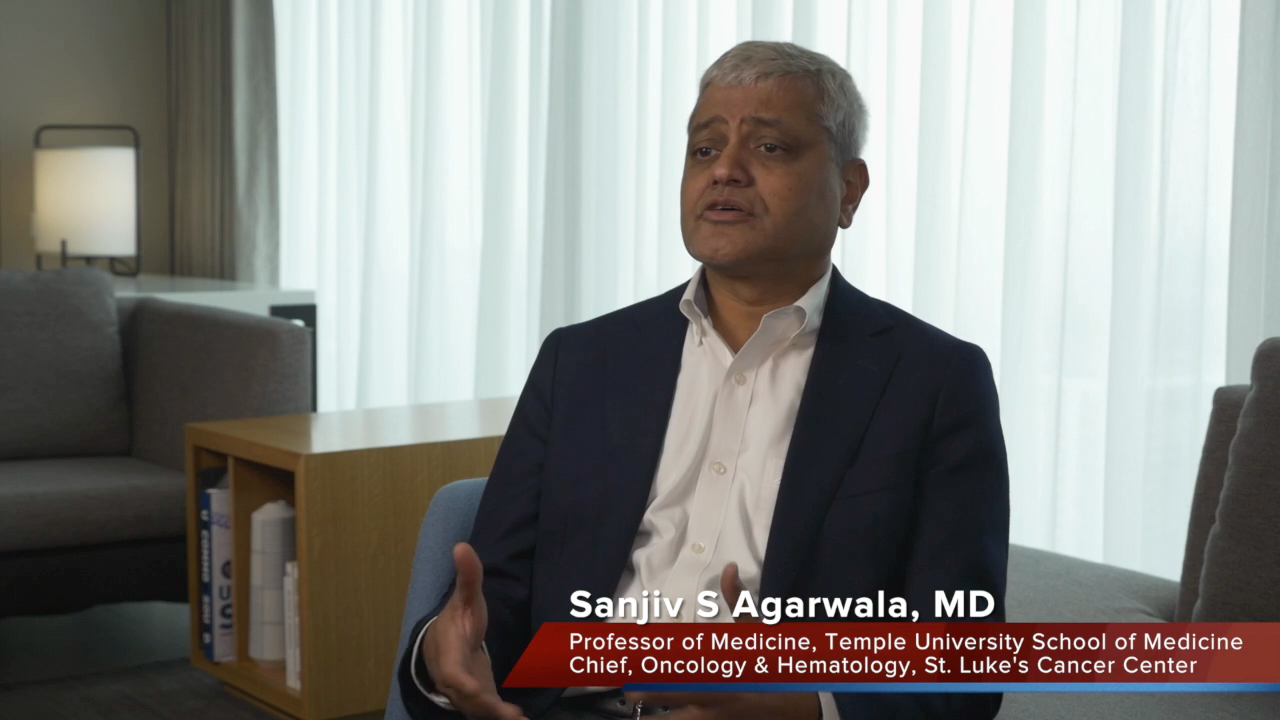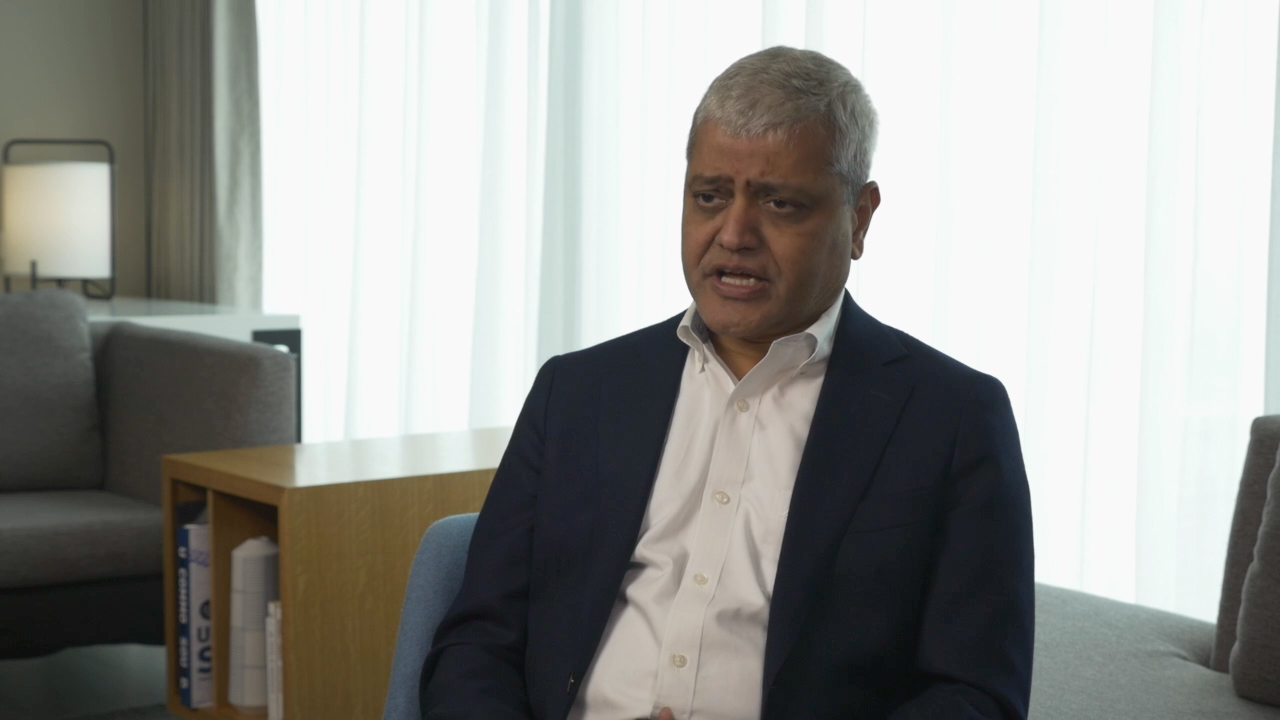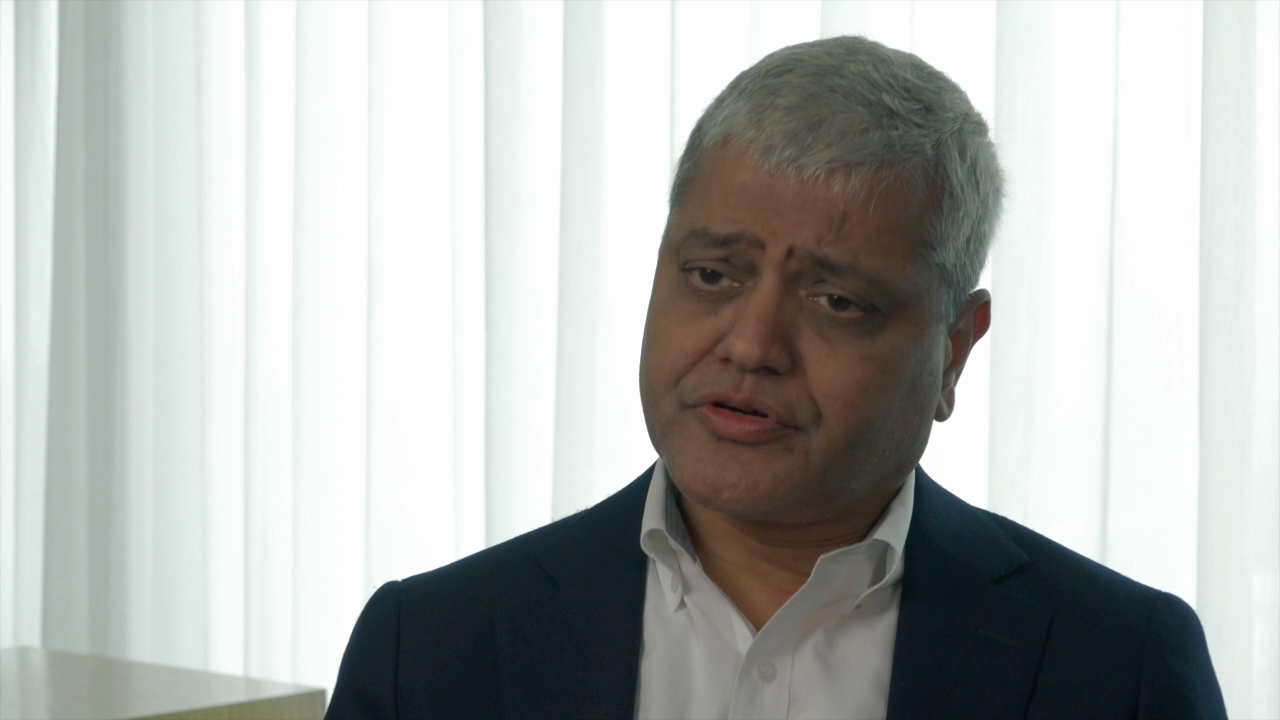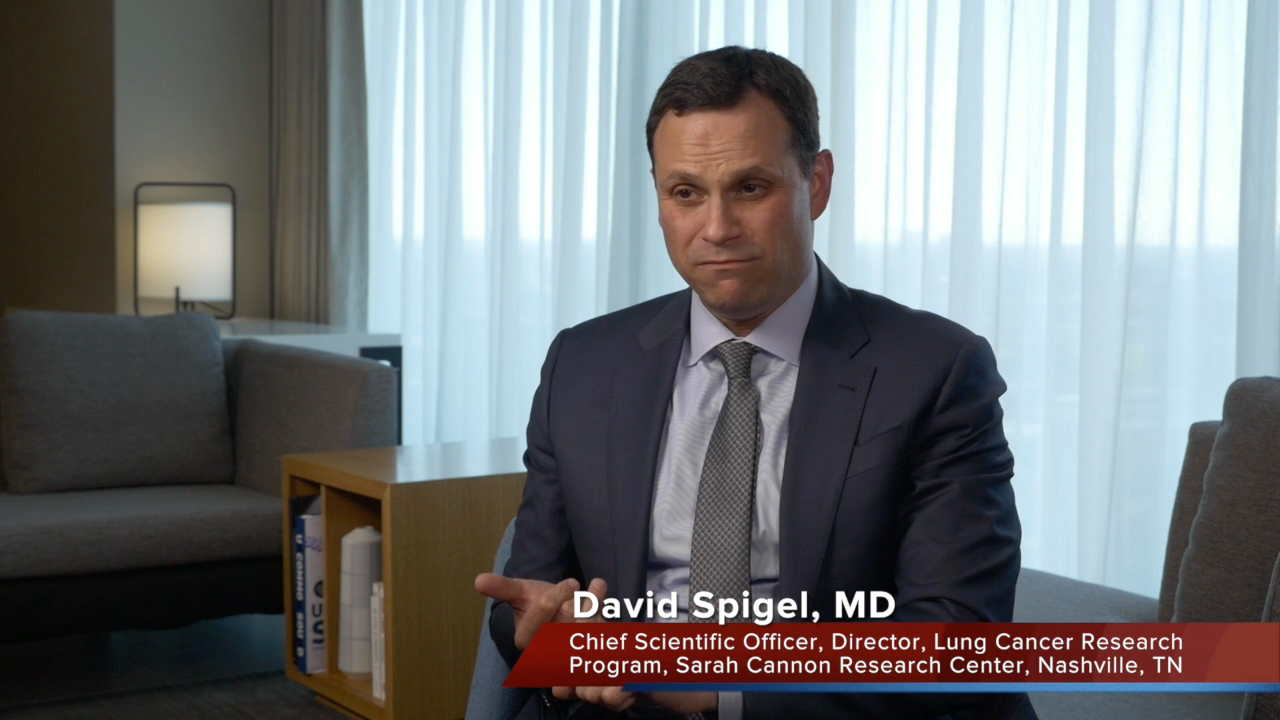Low-grade glioma (LGG) represents the most frequently occurring central nervous system tumor among children, accounting for nearly one-third of all pediatric brain tumors.1,2 When feasible, the treatment of choice for pediatric LGG (pLGG) is complete surgical resection. For patients with operable tumors, 10-year overall survival is 85% to 96%.2
A significant number of LGGs are inoperable and require adjuvant therapy for tumor control, however, and this has historically been radiation and chemotherapy. Both approaches achieve similarly modest efficacy, comprised of partial responses or stable disease, but neither is curative, as disease progression following adjuvant therapy is common.3 In addition, disease or treatment sequelae may result in functional, neurologic, and endocrine complications, which can often be severe, especially considering their impact in a growing child.2
Molecular studies have revealed that pLGGs are frequently associated with oncogenic drivers shown to activate the mitogen-activated protein kinase (MAPK) pathway.1 These scientific advances have led the way in developing novel, targeted therapies for children with inoperable or progressive pLGGs with the 2-fold goals of maintaining excellent overall survival rates as well as mitigating late and/or severe treatment side effects.2 BRAF is a serine/threonine protein kinase that is an intermediary in the MAPK (RAS-RAF-MEK-ERK) cell-signaling pathway, which promotes cell proliferation, survival, and transformation.4
A wide variety of BRAF genomic aberrations can be seen in pLGGs, from “typical” point mutations (exemplified by BRAF V600E) to noncanonical fusions of BRAF with assorted partner gene/gene fragments, as well as a tandem duplication of wild-type BRAF.1,4 The result of all these changes is the generation of constitutively activated proteins with profoundly deregulated BRAF activity, which leads to increased signaling downstream in the MAPK pathway and uncontrolled cell proliferation, dedifferentiation, resistance to apoptosis, and increased potential for cell migration and metastasis.3
Monotherapy and combination therapeutic approaches that directly target BRAF are being studied in pLGGs. Dabrafenib is an orally bioavailable, selective BRAF kinase inhibitor, binding to the ATP-binding domain of BRAF V600.2 Case reports describing responses to dabrafenib in infants and children with recurrent LGGs that harbor BRAF V600E mutations led to an ongoing multi-institutional phase 1/2a trial of dabrafenib in this patient population.2 An ongoing, fully enrolled phase 2 trial is evaluating the activity of dabrafenib in combination with trametinib in children with BRAF V600-positive high- or low-grade glioma.2
Tovorafenib (DAY101, TAK580), a novel pan-RAF inhibitor that can interfere with MAPK signaling through both wild-type and mutated RAF, acts by obstructing dimerization of RAF.5 Data from the phase 1 tovorafenib study of children/young adults (aged <25 years) with recurrent/progressive LGGs harboring MAPK pathway alterations provided pharmacokinetic parameters to inform oral weekly dosing. Plasma exposures of tovorafenib achieved in adults can be reached in children. Oral tovorafenib administered weekly was found to be better tolerated and have similar antitumor activity than dosing every 2 days.6,7 A phase 3 trial (LOGGIC/FIREFLY-2) of tovorafenib monotherapy versus standard-of-care chemotherapy in the frontline setting is currently planned for children and young adults with LGGs bearing genomic alterations leading to activated RAF (including BRAF) that require first-line systemic therapy.8
Despite clinical gains from biomarker-informed targeted therapy, access to relevant targeted therapy for children remains limited. Broad panel-based molecular profiling should be considered in advanced or recurrent pLGGs. Identifying RAF (including BRAF) genomic alterations, such as activating point mutations, noncanonical fusions, and wild-type tandem duplications, in pLGG is critical, as targeted agents could be optimally integrated to the overall treatment paradigm to better manage this disease and lead to improved long-term oncologic and functional clinical outcomes.
References
- Ryall S, Zapotocky M, Fukuoka K, et al. Integrated molecular and clinical analysis of 1,000 pediatric low-grade gliomas. Cancer Cell. 2020;37(4):569-583.
- de Blank P, Bandopadhayay P, Haas-Kogan D, et al. Management of pediatric low-grade glioma. Curr Opin Pediatr. 2019;31(1):21-27.
- Pérez JPM, Muchart J, López VS-M, et al. Targeted therapy for pediatric low-grade glioma. Childs Nerv Syst. 2021;37(8):2511-2520.
- Rankin A, Johnson A, Roos A, et al. Targetable BRAF and RAF1 alterations in advanced pediatric cancers. Oncologist. 2021;26:e153-e163.
- Suzuki R, Kitamura Y, Nakamura Y, et al. Anti-tumor activities of the new oral pan-RAF inhibitor, TAK-580, used as monotherapy or in combination with novel agents in multiple myeloma. Oncotarget. 2020;11(44):3984-3997.
- Wright K, Krzykwa E, Greenspan L, et al. EPCT-01. Phase I study of Day101 (Tak580) in children and young adults with radiographically recurrent or progressive low-grade glioma (LGG). Neuro Oncol. 2020;22(suppl 3):iii304.
- Olszanski AJ, Gonzalez R, Corrie P, et al. Phase I study of the investigational, oral pan-RAF kinase inhibitor TAK-580 (MLN2480) in patients with advanced solid tumors (ST) or melanoma (MEL): final analysis. Ann Oncol. 2017;28(suppl 5):v136-v137.
- Clinicaltrials.gov. NCT05566795. Accessed November 5, 2022. https://clinicaltrials.gov/ct2/show/NCT05566795.



